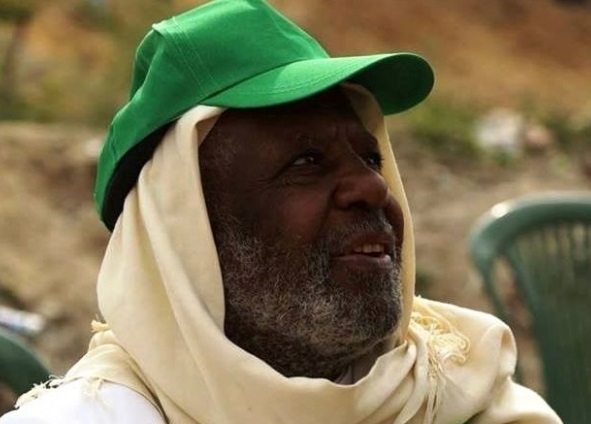Hamas co-founder dies in Gaza

Hammad Elian al-Hassanat, the co-founder of the Hamas movement, died in Gaza from health complications on Monday evening. He was 80.
Hamas’ Prime Minister Ismail Haniyeh sent condolences to the Hassanat family and in a statement, paid tribute to the late leader, who lived for years in the al-Nusairat refugee camp in central Gaza.
Hassanat, Haniyeh said, "was a brilliant leader of the Islamic movement, and one of the founders of the Muslim Brotherhood and the Hamas movement in Palestine."
Haniyeh added that Hassanat "died after a life of giving and sacrifice for Palestine and the Islamic Dawa."
Family members said that Hassanat’s death had deteriorated rapidly shortly before his death.
Born in 1935 in B’ir Sabe’, known as Beer Sheba today, Hassanat went to high school in Gaza, before attending Cairo University where he received a bachelor's degree in geography in 1963.
His two brothers, Raji and Muhareb, were both killed on the same day in 1951 at the hands of armed Israeli groups.
In 1979, Hassanat founded the Islamic Society in Nuseirat. He also participated in the founding of the Razi Medical and Health Complex.
He was arrested by Israel and was exiled to Marj al-Zuhur, a mountainous region in southern Lebanon, in the winter of 1992 with 419 members of Hamas and Islamic Jihad. The exile period lasted for a year, during which the Palestinians mobilised to demand a return to their communities.
Hassanat’s son Yaser, who was one of the founders of the armed wing of Hamas, the Qassam Brigades, was killed in May 1992 after an armed clash battle with the Israeli army in the Sabra area of Gaza city.
His other son, Ziyad, was pursued by the Israeli army until he was forced to leave the country.
Along with the movement’s spiritual leader Sheikh Ahmad Yassin, Hassanat co-founded Hamas on 14 December 1987.
Middle East Eye propose une couverture et une analyse indépendantes et incomparables du Moyen-Orient, de l’Afrique du Nord et d’autres régions du monde. Pour en savoir plus sur la reprise de ce contenu et les frais qui s’appliquent, veuillez remplir ce formulaire [en anglais]. Pour en savoir plus sur MEE, cliquez ici [en anglais].




